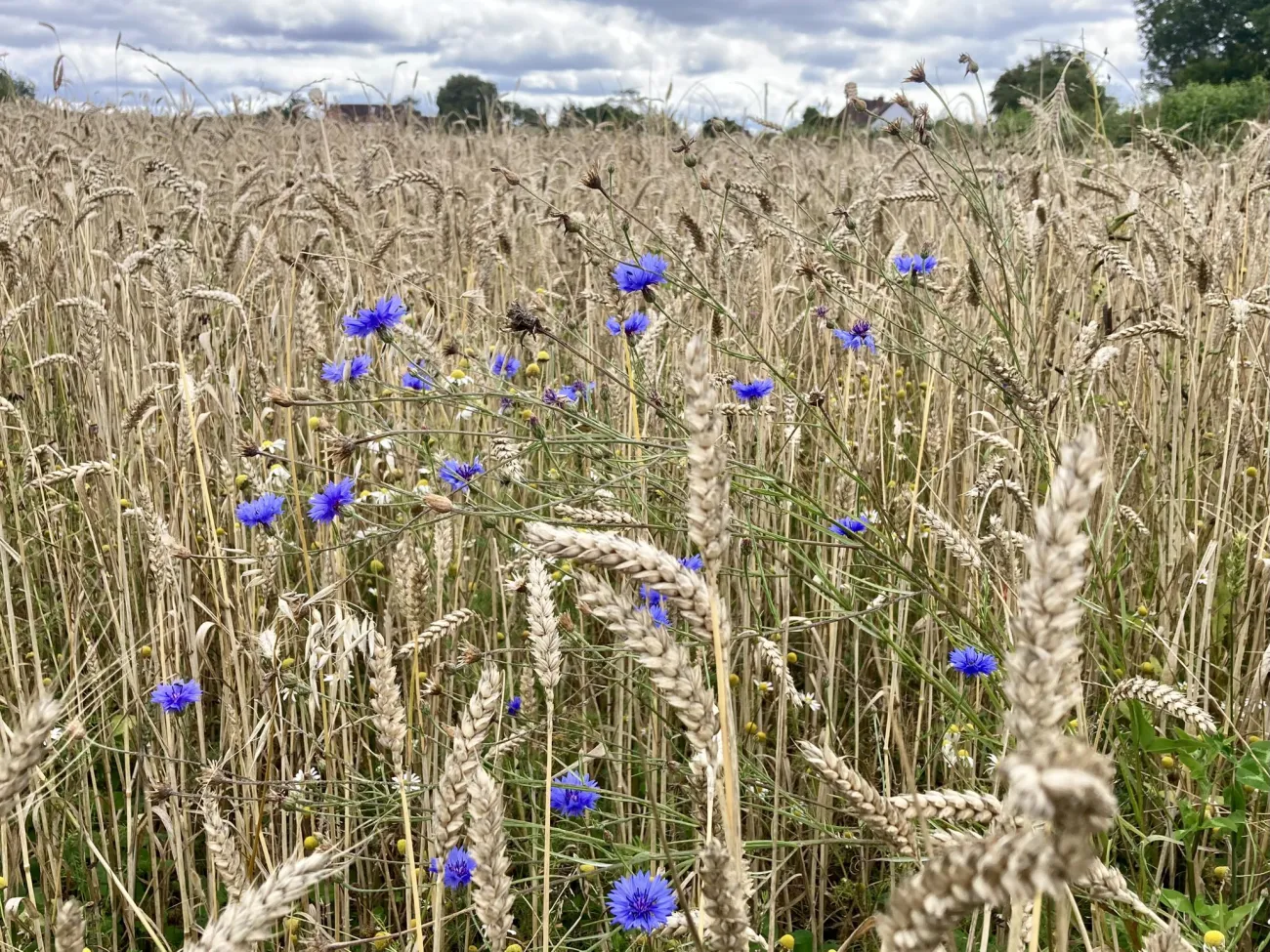A paper argues that current definitions of ultra-processed foods are inconsistently applied. Furthermore, while higher consumption of ultra-processed foods is associated with higher sugar intake and lower fibre intake, the paper claims that intakes of fat, saturated fat and salt are not associated with ultra-processed food consumption. The paper questions the policy recommendation that ultra-processed foods should be avoided.

According to the conflict of interest disclosure on this paper, the author does ad hoc consultancy work with Nestlé, chairs the International Breakfast research Consortium funded by Cereal Partners Worldwide (which is a joint venture between Nestlé and General Mills), leads a project on the developing food serving sizes for use in the EU funded by Mondelez, PepsiCo, Unilever, Nestlé and Coca Cola and is on the board of directors of ILSI Europe. The author states that no financial support was provided for this paper.
For further debate in this area, see Ultra-processed foods in human health: a critical appraisal, by the same author, and a response from Carlos Monteiro, Ultra-processing. An odd ‘appraisal’.
Abstract
Four categories of foods are proposed in the NOVA food classification which seeks to relate food processing as the primary driver of diet quality. Of these, the category ‘ultra-processed foods’ has been widely studied in relation both to diet quality and to risk factors for non-communicable disease. The present paper explores the definition of ultra-processed foods since its inception and clearly shows that the definition of such foods has varied considerably. Because of the difficulty of interpretation of the primary definition, the NOVA group and others have set out lists of examples of foods which fall under the category of ultra-processed foods. The present paper shows that since the inception of the NOVA classification of foods, these examples of foods to which this category applies have varied very considerably. Thus, there is little consistency either in the definition of ultra-processed foods or examples of foods within this category. The public health nutrition advice of NOVA is that ultra-processed foods should be avoided to achieve improvements in nutrient intakes with an emphasis on fat, sugar and salt. The present paper shows that the published data for the US, UK, France, Brazil and Canada, all show that across quintiles of intake of ultra-processed foods, nutritionally meaningful changes are seen for sugars and fibre but not so for total fat, saturated fat and sodium. Moreover, two national surveys in the UK and France fail to show any link between Body mass index and consumption of ultra-processed foods. The paper concludes that constructive scholarly debate on many issues that would be affected by a policy to avoid ultra-processed foods, needs to be facilitated.
Reference
Gibney, M.J., 2018. Ultra-processed foods: definitions and policy issues. Current Developments in Nutrition. nzy077, doi.org/10.1093/cdn/nzy077
Read the full paper here. See also the Foodsource building block What is the nutrition transition?




Comments (0)